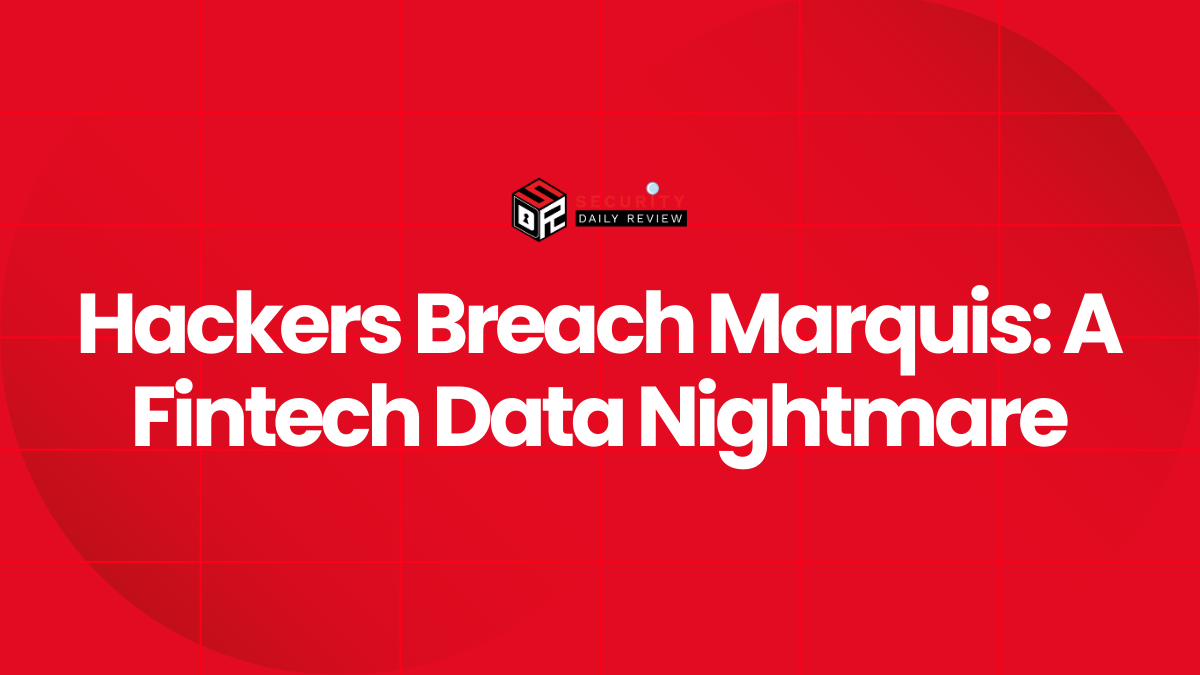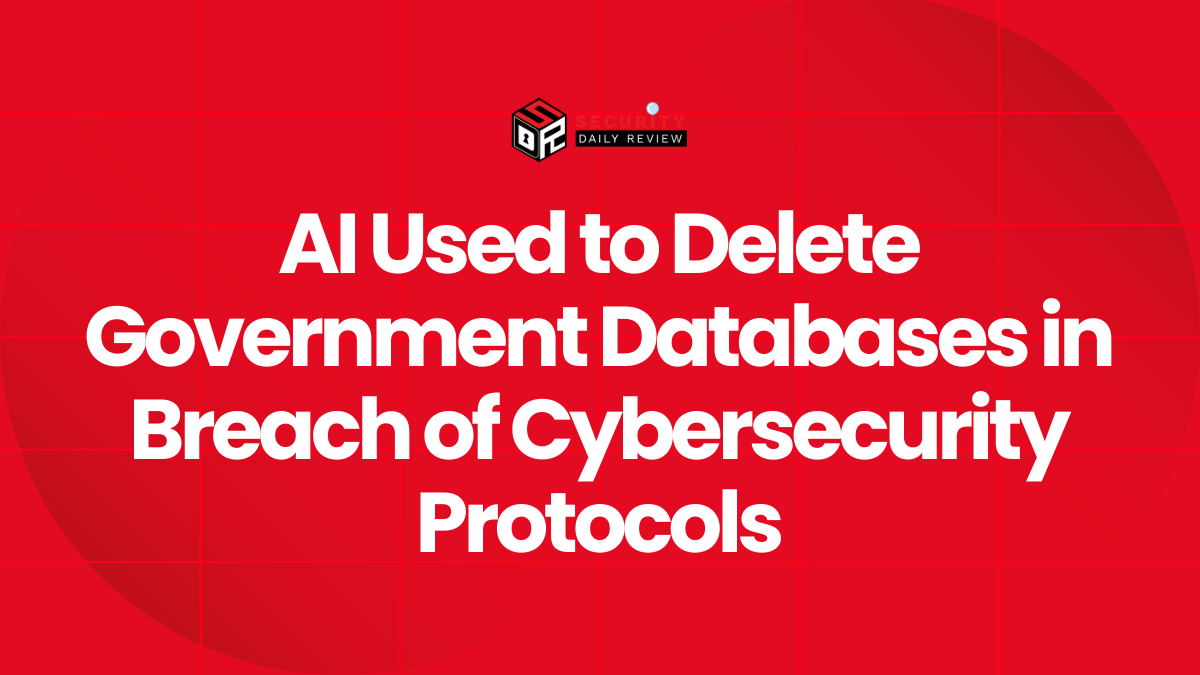Nebraska School District Loses $1.8 Million in Sophisticated Phishing Attack
Broken Bow Public Schools, a Nebraska-based district, confirmed this week that it lost $1.8 million in taxpayer funds after falling victim to a targeted phishing scheme tied to an active construction project.
The attackers sent a fraudulent email impersonating a known vendor involved in the school’s legitimate construction initiative. Believing the message to be authentic, district officials processed a large ACH payment, only to later discover that the invoice was fake.
In a public statement, the district explained that the email contained a fraudulent payment request related to a current construction agreement. “The payment was directed to what appeared to be a trusted vendor account,” the release said. “It was later confirmed to be fraudulent.”
The nature of the scam indicates that the threat actors had done significant background work. They were not only aware of the school’s construction timeline but also had enough insight into the people and processes involved to convincingly impersonate a legitimate stakeholder. This level of targeting suggests a spear-phishing approach with likely use of social engineering techniques.
Once the fraud was detected, the school district immediately contacted federal and state authorities, including:
- The FBI
- Nebraska State Patrol
- The U.S. Secret Service
Those agencies managed to recover approximately $700,000 of the stolen amount, though $1.1 million remains unaccounted for.
Phishing scams that mimic legitimate financial transactions are a growing concern across both public and private sectors. The FBI’s latest Internet Crime Report recorded over 190,000 phishing complaints in 2024 alone, with losses totaling over $70 million.
This incident echoes previous high-profile phishing cases, including the $120 million scam orchestrated by Evaldas Rimasauskas. By creating a shell company mirroring an actual tech hardware vendor, Rimasauskas was able to deceive both Facebook and Google into transferring massive sums—until law enforcement intervened and secured a five-year sentence for the fraudster.
Modern phishing campaigns increasingly leverage AI tools to enhance credibility. Cybercriminals now use generative AI to draft personalized messages, sometimes even pairing them with deepfake audio or video, making fraudulent requests more convincing.
As public institutions become more digitally connected, cybercriminals are finding new ways to exploit operational workflows—especially when payment authorization is involved.
The Broken Bow Public Schools incident underscores how even a single fraudulent email can lead to massive financial loss, making phishing one of the most dangerous and effective cybercrime tactics today.









